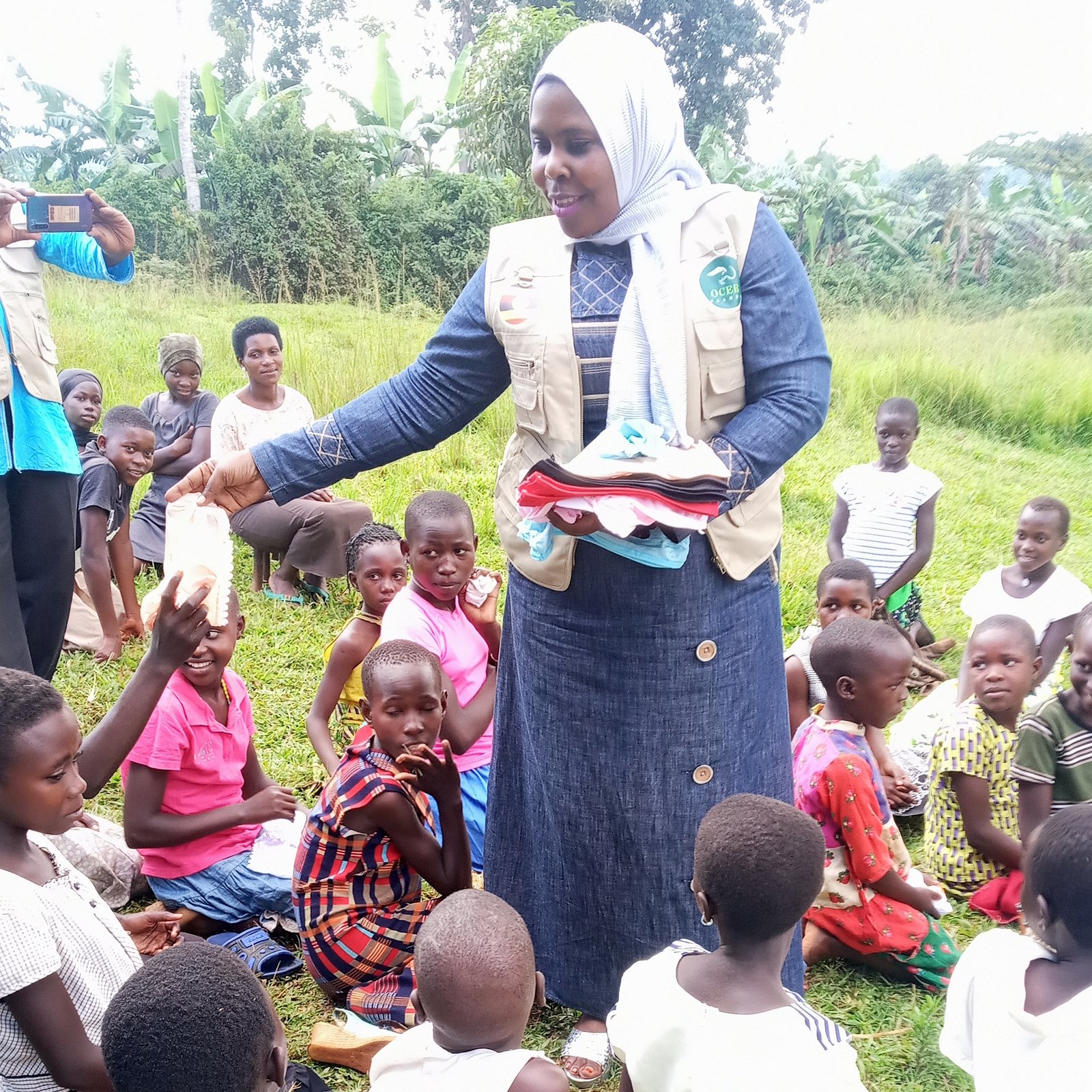Understanding and Addressing Poverty in Uganda
Introduction
Uganda, known for its diverse wildlife and natural beauty, faces a starkly contrasting issue – widespread poverty. While the country has made some progress in reducing poverty rates over the years, a significant portion of its population still lives below the poverty line. This article aims to shed light on the multifaceted nature of poverty in Uganda, exploring its causes, the challenges it poses, and the measures being taken to alleviate it.
The Current State of Poverty in Uganda
Poverty in Uganda is predominantly rural, with a large proportion of the population relying on agriculture for their livelihoods. Factors contributing to poverty include limited access to education, healthcare, and clean water, alongside broader issues like unemployment, political instability, and inadequate infrastructure. Additionally, Uganda’s high population growth rate exacerbates these challenges, putting more pressure on the country’s resources.
Root Causes of Poverty
-
Agricultural Challenges: A large segment of Uganda’s population depends on subsistence farming. Issues like climate change, lack of access to modern farming techniques, and limited market access hinder agricultural productivity and income.
-
Lack of Infrastructure: Poor infrastructure, particularly in rural areas, limits access to markets, education, and health services, perpetuating the cycle of poverty.
-
Education and Skill Gaps: Limited access to quality education and vocational training restricts the population’s ability to secure better-paying jobs and improve their socio-economic status.
-
Health Issues: High prevalence of diseases, including HIV/AIDS and malaria, impact the workforce’s productivity and drain family resources.
-
Government Policy and Corruption: Inefficient policies and corruption within various sectors further exacerbate poverty.
Efforts to Alleviate Poverty
Numerous initiatives, both governmental and non-governmental, aim to reduce poverty in Uganda. These include:
-
Economic Reforms and Development Programs: Efforts to stabilize the economy, increase investment, and improve the business environment.
-
Agricultural Development Projects: Initiatives to improve agricultural productivity and market access for smallholder farmers.
-
Education and Health Programs: Investments in education and healthcare systems to build a healthier, more educated workforce.
-
Social Safety Nets: Programs aimed at providing direct support to the most vulnerable populations.
Challenges and the Way Forward
While progress has been made, significant challenges remain. Key to further advancements in poverty reduction in Uganda is the need for sustained economic growth, better governance, increased investment in human capital, and enhanced access to global markets. Additionally, tailored approaches that recognize the diverse needs of different communities are essential.
Conclusion
Addressing poverty in Uganda requires a concerted effort from the government, international community, private sector, and civil society. By focusing on sustainable development, education, health, and governance, there is hope for a significant reduction in poverty levels, paving the way for a more prosperous future for all Ugandans.



